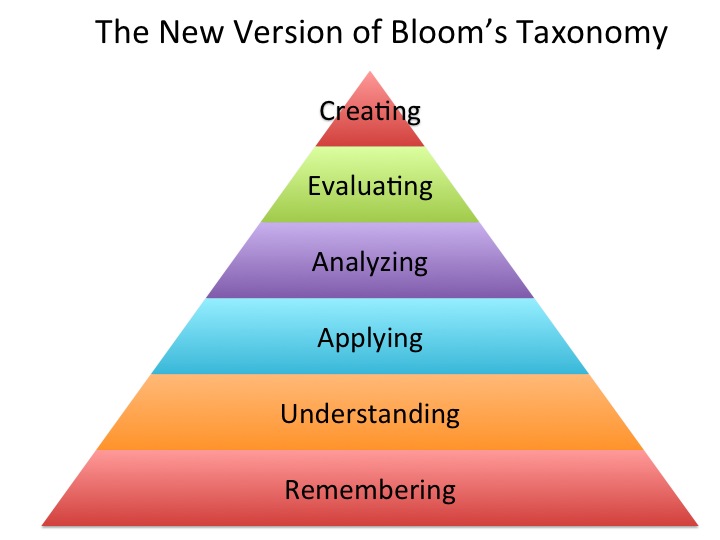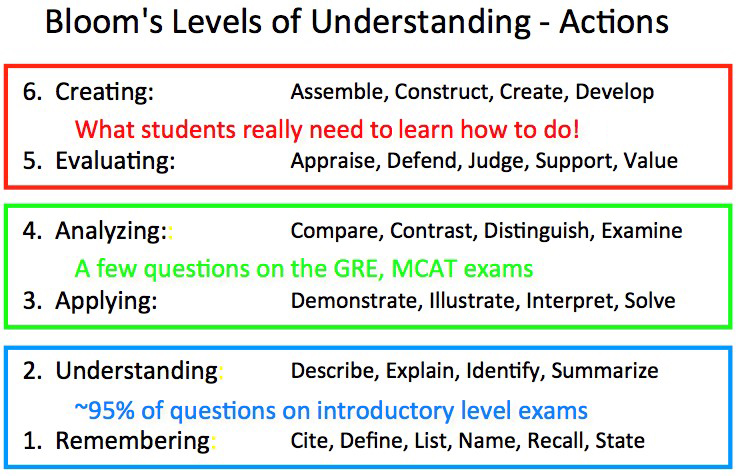 I am excited to report on a project here at Johns Hopkins that will provide resources (available to all) for supporting inclusive practices in the classroom. Sharing diverse perspectives and validating students’ and minorities’ varied experiences is a challenge for many faculty. Even those with the best intentions may unwittingly create classroom environments where students from minority communities feel uncomfortable or excluded. However, when executed effectively, an inclusive classroom becomes a layered and rich learning environment that not only engages students, but creates more culturally competent citizens. Enter TILE – Toolkit for Inclusive Learning Environments.
I am excited to report on a project here at Johns Hopkins that will provide resources (available to all) for supporting inclusive practices in the classroom. Sharing diverse perspectives and validating students’ and minorities’ varied experiences is a challenge for many faculty. Even those with the best intentions may unwittingly create classroom environments where students from minority communities feel uncomfortable or excluded. However, when executed effectively, an inclusive classroom becomes a layered and rich learning environment that not only engages students, but creates more culturally competent citizens. Enter TILE – Toolkit for Inclusive Learning Environments.
Funded by a Diversity Innovation Grant (DIG) of the Diversity Leadership Council (DLC), TILE will be a repository of examples and best practices that instructors use in order to spark conversations in the classroom that foster diversity and inclusion.
Funding would be used to begin a conversation with faculty who are currently implementing inclusive practices in the classroom. The conversations will result in a report-out session, scheduled for April 2015, when faculty will share ways in which they specifically support and foster an environment of inclusion that can then be replicated in other classrooms. These conversations will lead to the development of a toolkit that will include examples of best practices. The toolkit will offer inclusive instructional approaches from across the disciplines. For example, a biology professor might discuss intersex development as part of the curriculum, and an introductory engineering class might discuss Aprille Ericsson and some of her challenges at NASA. When professors use these best practices in the classroom, they not only help students learn about some of the issues surrounding diverse populations, but also help give students the voice to be able to be more conversant about diverse issues. Most important is the engagement of students who otherwise may feel marginalized when their own unique experiences remain invisible.
Project collaborators are Demere Woolway, Director of LGBTQ Life; Shannon Simpson, Student Engagement and Information Fluency Librarian, and myself, with support from the Sheridan Libraries and Museums Diversity Committee. Most important will be the various lecturers and faculty from across the disciplines who will work with us on developing the toolkit.
More information on TILE can be found here. While TILE is in development, here are two resources for those interested in exploring ways to improve classroom climate.
The National Education Association (NEA) offers strategies for developing cultural competence for educators. “Cultural competence is the ability to successfully teach students who come from a culture or cultures other than our own. It entails developing certain personal and interpersonal awareness and sensitivities, understanding certain bodies of cultural knowledge, and mastering a set of skills that, taken together, underlie effective cross-cultural teaching and culturally responsive teaching.”
The Center for Integration of Research, Teaching and Learning (CIRTL) has some excellent diversity resources on its website, including a literature review, case studies, and a resource book for new instructors.
Macie Hall, Senior Instructional Designer, Center for Educational Resources
Shannon Simpson, Librarian for Student Engagement and Information Fluency, Sheridan Libraries and Museums
Image Source: TILE logo © 2015 Shannon Simpson














